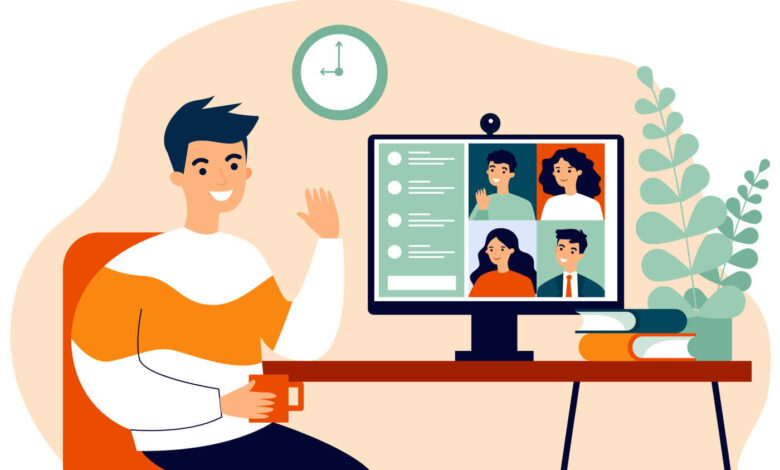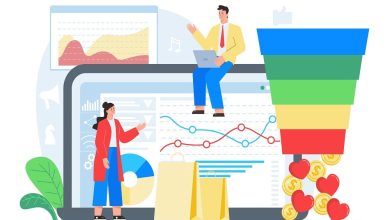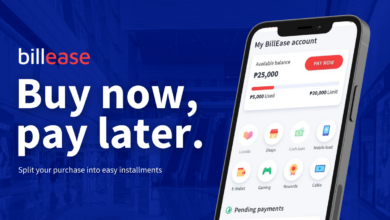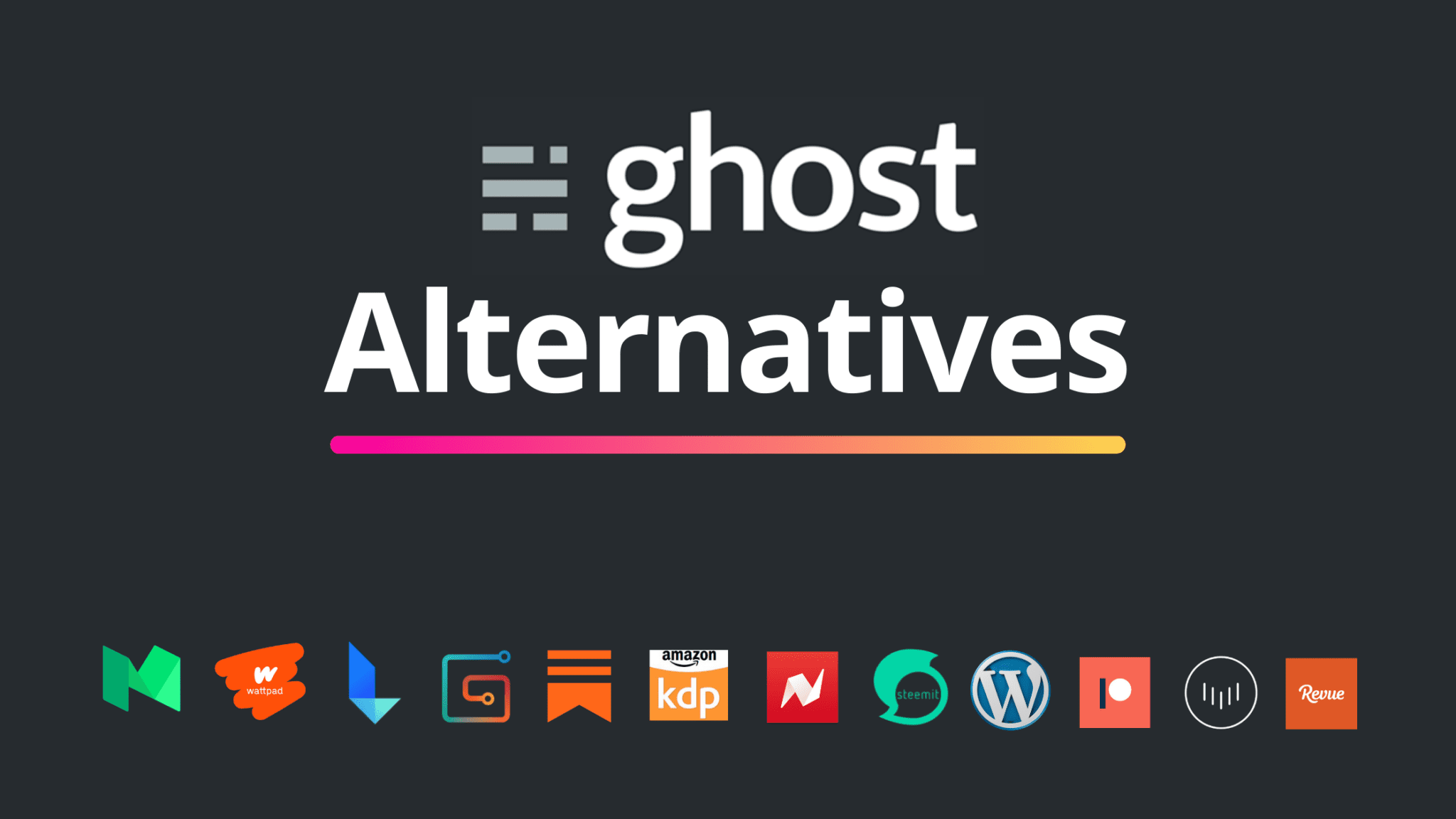5 Tools to Monitor Health Conditions of Remote Workers

In this digital age, every industry is gradually shifting its operations online with the assistance of technology and innovations. The healthcare industry is no exception. In fact, during the COVID-19 crisis, the healthcare industry was among the first to shift its operations online. During the crisis, many medical practitioners offered their consultation services online, saving many people’s lives. As more employees work from home now, employers must adapt their day-to-day activities to accommodate workers from various towns, states, and countries.
Protecting remote workers’ mental health can be one of the toughest challenges for employers. When you’re in a remote position or time zone, how can you look for signs of a problem or offer assistance? Many healthcare organizations are looking to implement technology that will help them comply with regulations, cut costs, and improve the efficiency of both health admin staff and professionals. To succeed in this digital world, however, one must choose the appropriate tools and make the best use of them. Financial resources, strong leadership, and tool awareness are all significant considerations in transitioning to digital platforms and tools. Here are some tools that can help to monitor health conditions.
- Electronic Medical Records
Electronic health records (EHR) are a continuing effort to improve care by digitizing patient data. An EHR is a digital form of a patient’s medical record that permitted medical practitioners can update in real-time. It provides a comprehensive view of a patient’s condition by allowing Web-enabled devices to easily and securely access clinical diagnosis, conditions, treatment options, and test results. Aside from providing instant access to health information, one of the primary advantages of an EHR is that it strengthens care coordination by allowing patient information to be shared among different healthcare providers and organizations, such as experts, hospitals, pharmacies, emergency rooms, and diagnostic centers.
- Interactive personal health records (PHR)
Interactive personal health records (PHR) – an EHR extension that enables patients to manage many aspects of their health care – seek to replace this type of record-keeping while also making it easier for practitioners to understand their patients’ needs. The PHR is invariably populated with EHR data from all of a patient’s providers and can be retrieved by the patient at any time and from any location using a Web browser. A PHR may contain information such as test results, immunization records, and appointment dates. Furthermore, the interactive interface allows patients to enter information into their records, which is then directed to the patient’s physician.
- Physician Order Entry on a Computer (CPOE)
Health and Human Services (HHS) have identified computerized physician order entry (CPOE) as a critical component for strengthening health care delivery, particularly in hospital settings. CPOE enables doctors to enter medication records and treatment instructions directly into information systems. The information is then shared with medical staff as well as organizations responsible for order fulfillment, such as medical laboratories, radiology departments, and pharmacies. CPOE systems have the potential to decrease transcription and handwriting errors, eliminate duplicate orders, detect incorrect dosages, and simplify the inventory system. These systems help to increase visibility throughout the patient healthcare ecosystem and promote a collaborative approach between doctors and other healthcare delivery organizations.
- E-Prescriptions
Many forms of handwritten communication have been replaced by texts, emails, and instant messages. E-prescriptions eliminate the need for handwriting by allowing physicians and other medical doctors to send prescriptions electronically from the point of care to pharmacies. The most obvious advantages include a lowering in prescription errors caused by handwriting interpretation issues.
- Learning management systems
Medical practitioners require training programs to develop and implement policies that protect patient health data and avoid fraud and other ethical violations. It is critical to provide compliance training to your healthcare employees. Learning management systems, such as HealthStream Learning Center, assist in cross-training your nurses, caretakers and automating personalized competency plans at scale. It enables healthcare organizations to create, arrange, and maintain regulatory compliance training for their workforce. Course library, data transfer, trying to report, class roster, and data encryption are among the available features.
- Virtual clinical trials
Pharma research makes use of big data and analytics to develop new medicines and drugs. They perform virtual clinical testing and determine the efficacy of the vaccine or drug by processing and gathering data from all over the world. Then they use technologies such as artificial intelligence (AI) and blockchain technology-based permutations and combinations to find the best cure for the disease. Rapid research allows medical professionals to quickly determine the effectiveness of a drug, put it through trials, and bring the medicine to market ahead of schedule. The test results can be maintained in a roster form in HealthStream Learning Center LMS.
Conclusion
In today’s changing world, it is necessary to stay updated with the latest tools and methodologies to better expedite processes and achieve more efficient results. We hope this article has helped you learn more about the most commonly used and beneficial technologies in your industry.



